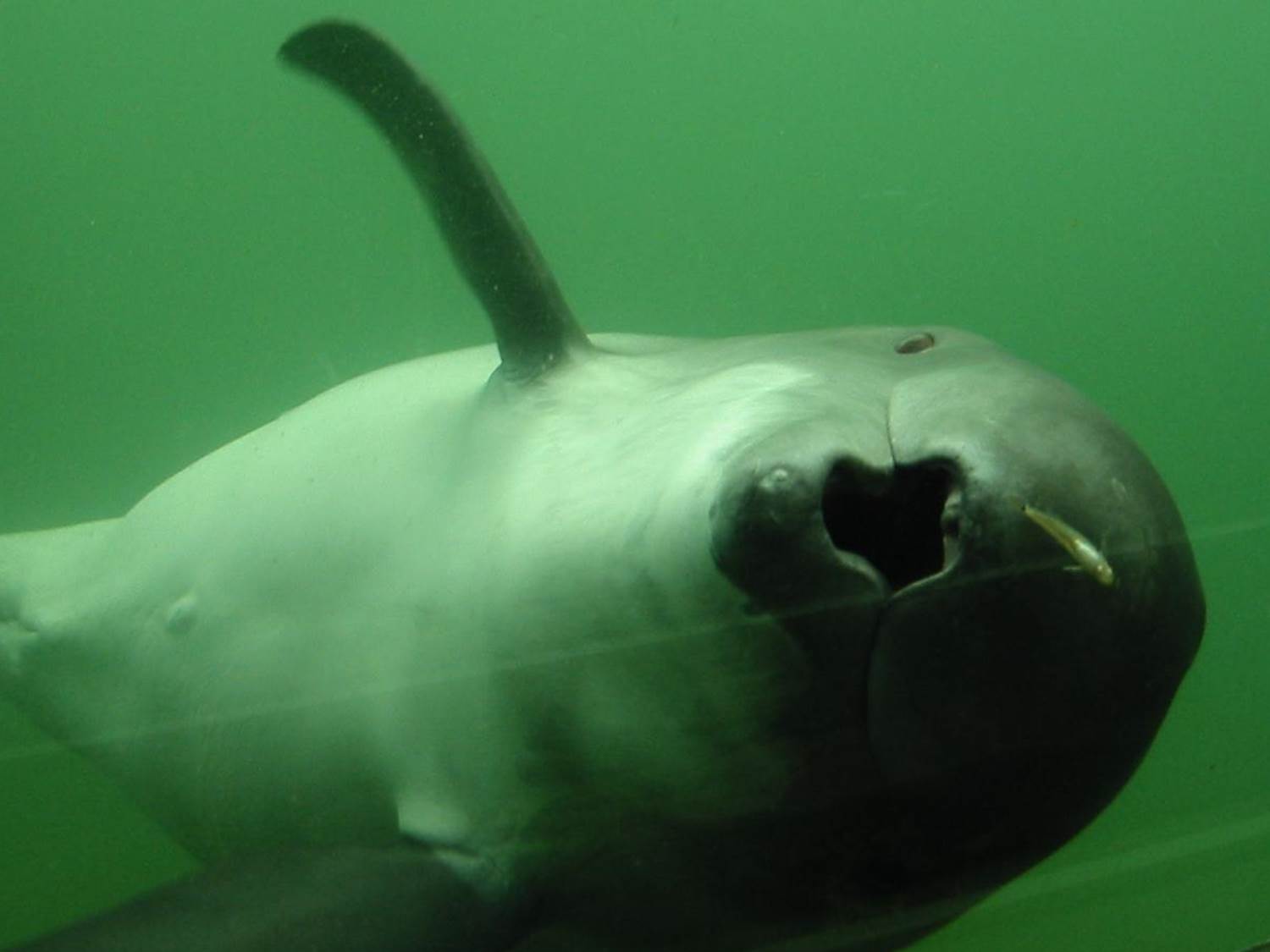Podcast: Play in new window

A harbor seal eyes a small fish.
BOB HIRSHON (host):
Hummingbirds of the sea. I’m Bob Hirshon and this is Science Update.
Like hummingbirds that hover from flower to flower sipping nectar, harbor porpoises spend most of their time hunting to maintain their high metabolisms. This according to behavioral ecologist Danuta Wisniewska of Aarhus University in Denmark, who used suction cups to attach miniature computers to the small cetaceans.
DANUTA WISNIEWSKA (Aarhus University):
To record the sounds the animals were making. And their echolocation sounds told us how often the porpoises tried to catch fish, as well as the size of the fish that they were targeting and whether the fish escaped.
HIRSHON:
Her team reports in Current Biology that the porpoises hunt continuously day and night, catching more than 550 tiny fish per hour. With a success rate of over 90%, they’re some of the best hunters in the sea. But because of their constant need to feed, the porpoises are especially vulnerable to any environmental disturbances brought about by humans. I’m Bob Hirshon, for AAAS, the science society.
Story by Susanne Bard
